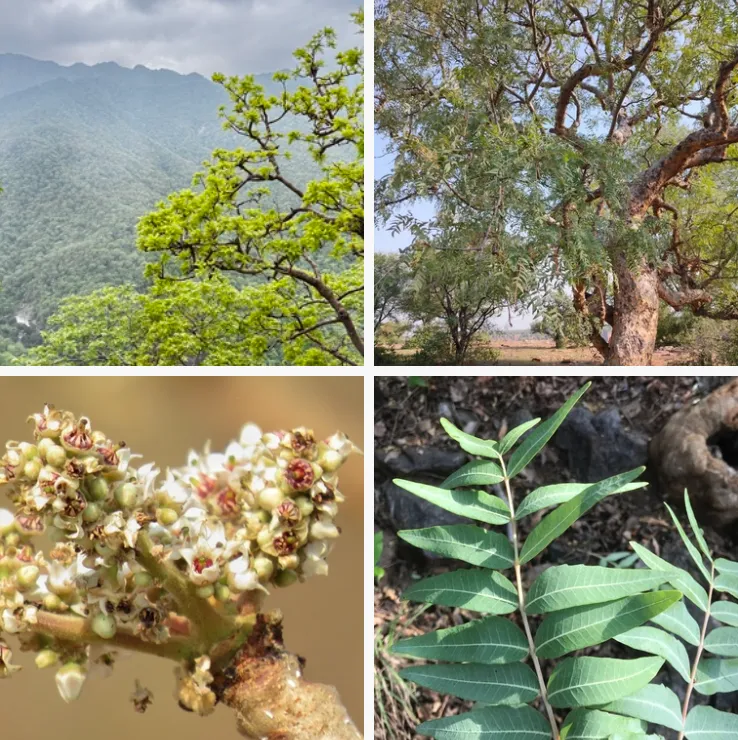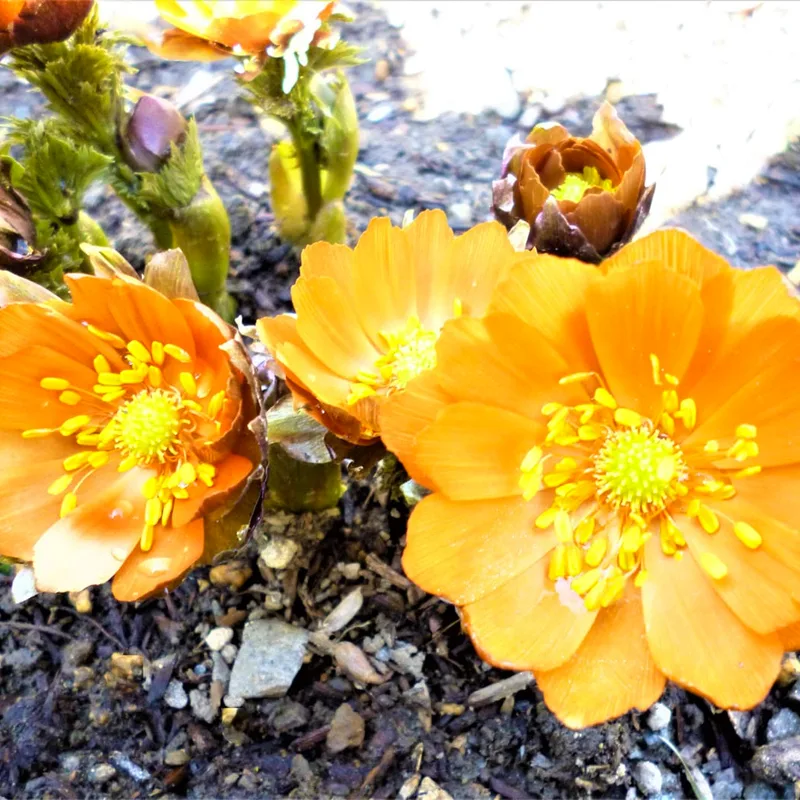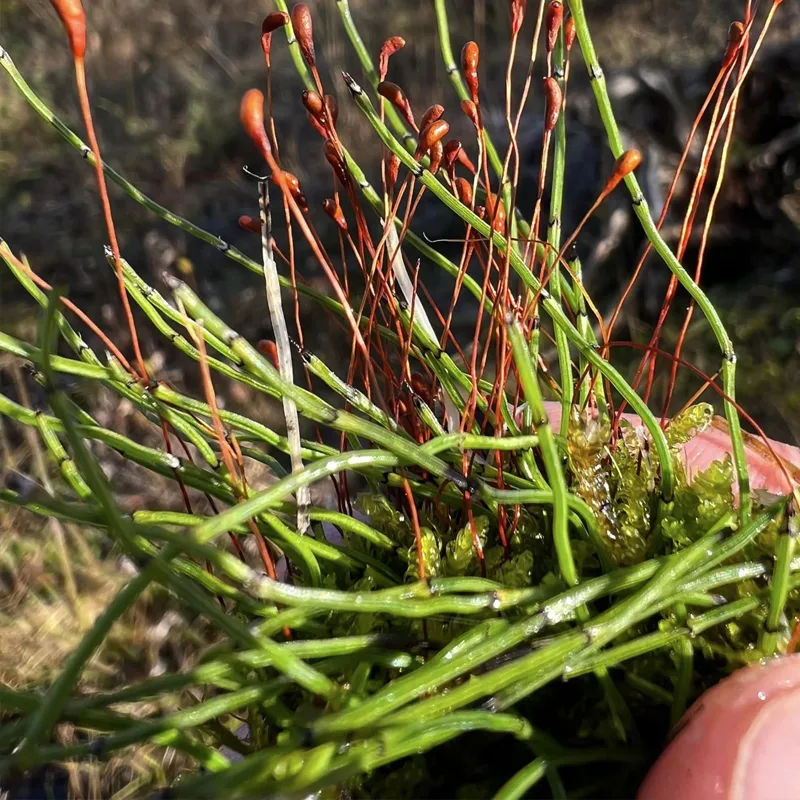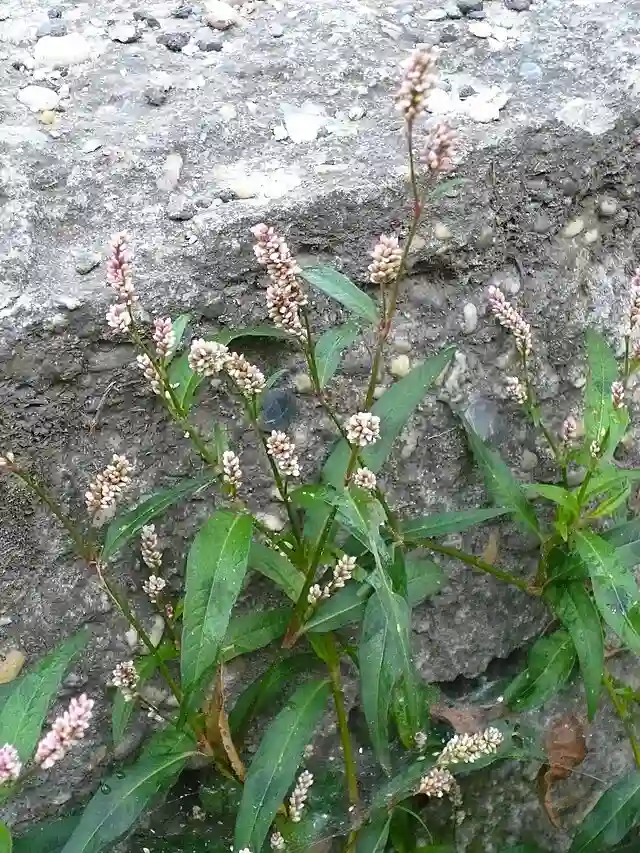Philodendron Nangaritense: Unveiling the Beauty of the Velvet Heart
Hi there, Ferb Vu here, and today we’re diving into the world of the Philodendron Nangaritense, a captivating plant with heart-shaped leaves that will steal your gaze. This beauty isn’t just about aesthetics; it’s surprisingly easy to care for, making it ideal for beginner plant enthusiasts.
But before we delve into its needs, let’s answer some of the most common questions swirling around the Philodendron Nangaritense.
623 Species in Genus Philodendron
What Makes the Philodendron Nangaritense Special?
The Nangaritense boasts stunning, velvety, heart-shaped leaves with a glossy sheen on top and a matte finish underneath. Unlike some Philodendrons with thicker, leathery leaves, these are delicate and require a gentle touch.
Is the Philodendron Nangaritense Difficult to Care For?
While not the most resilient Philodendron, the Nangaritense is far from fussy. It thrives with bright, indirect light, mimicking its natural rainforest habitat under the dappled light of the tree canopy. Direct sunlight can scorch the leaves, so be mindful of placement.
How Often Should I Water My Philodendron Nangaritense?
The key to watering your Nangaritense is to avoid soggy soil, which can lead to root rot. Let the top inch of soil dry completely before watering again. During the summer months, you can mimic a tropical downpour by thoroughly soaking the plant in the shower or sink and letting it drain well.
What Kind of Soil Does My Philodendron Nangaritense Need?
Think well-draining and airy! A mix of orchid bark, perlite, and a touch of potting mix provides the ideal balance of drainage and moisture retention.
Humidity: Friend or Foe?
The Nangaritense hails from the humid rainforests, so it thrives in high humidity environments. If your home leans towards the dry side, consider using a humidifier or grouping your plants together to create a microclimate of increased humidity.
Does the Philodendron Nangaritense Climb?
Yes, it does! In its natural habitat, it’s an epiphytic climber, meaning it grows on other plants for support. You can provide a moss pole or trellis for it to climb, adding a vertical element to your indoor jungle.
Philodendron Nangaritense vs Philodendron Brasil
Both the Nangaritense and the Brasil are beautiful Philodendrons with heart-shaped leaves. However, there are key differences:
- Leaves: The Nangaritense has larger, velvety, deep green leaves, while the Brasil boasts smaller, glossy, neon-green leaves with variegation (patches of lighter or creamier green).
- Light: The Nangaritense prefers bright, indirect light, while the Brasil tolerates lower light conditions.
- Temperament: The Nangaritense is more delicate and requires a bit more attention to humidity, while the Brasil is a more forgiving plant.
Philodendron Nangaritense vs Fuzzy Petiole
When comparing Philodendron Nangaritense and Fuzzy Petiole varieties, while they share similarities in their stunning appearance with pink-hued leaf undersides, they differ in growth habits. Philodendron Nangaritense is characterized by its crawling growth pattern, spreading sideways like a gloriosum, while also featuring a hairy stem. On the other hand, the Fuzzy Petiole is a climbing philodendron that lacks the distinctive hairy stem of the Nangaritense.
Philodendron Lynamii vs Nangaritense
Philodendron Lynamii and Nangaritense are both intriguing plants in my collection. Lynamii stands out with its glossy, deeply lobed leaves that have a striking, almost velvety texture. It’s been a joy watching it grow larger leaves over time, each new one unfurling with a vibrant green hue that adds depth to my indoor garden. Nangaritense, on the other hand, captivates with its more delicate appearance and unique leaf shape. Its leaves are narrower and have a distinct pattern that almost resembles brushstrokes, giving it a more artistic presence. While both are stunning, I find myself drawn more to Lynamii for its robust growth and bold foliage that really makes a statement in any room.
Fertilizing Your Philodendron Nangaritense
During the growing season (spring and summer), a diluted dose of balanced fertilizer once a month will keep your plant happy. Opt for a water-soluble fertilizer and follow the instructions on the packaging.
Common Philodendron Nangaritense Problems
- Brown Leaves: This can be caused by underwatering, overwatering, or excessive light. Check the soil moisture and adjust your watering schedule accordingly. Move the plant to a location with brighter indirect light if necessary.
- Yellowing Leaves: Similar to brown leaves, yellowing can be due to watering issues or lack of light. Ensure proper watering and provide sufficient indirect light.
Troubleshooting Tips:
- Drooping Leaves: This often indicates underwatering. Give your plant a thorough soak and allow excess water to drain.
- Pests: Spider mites are a potential concern. Regularly inspect your plant and treat them with insecticidal soap if spotted.
Final Thoughts on the Philodendron Nangaritense
With its captivating heart-shaped leaves and manageable care requirements, the Philodendron Nangaritense is a gem for any plant enthusiast. By providing the right balance of light, water, and humidity, you can watch this beauty thrive and add a touch of rainforest elegance to your home. Happy planting!
If i die, water my plants!



